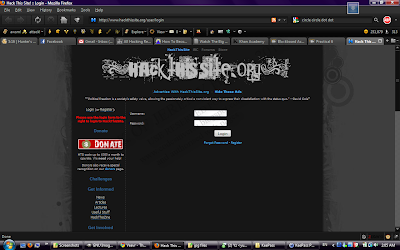Friday, August 27, 2010
Hands-On Project 7-2 (Page 258)
Objective ad Verbatim:
“The drawback to using strong passwords is that they can be very difficult to remember, particularly when a unique password is used for each account that a user has. As an option there are several passwords storage programs that allow the user to enter account information such as username and password. These programs are themselves then protected by a single strong password. One example of such a password storage program is KeePass Password Safe, which is an open source product. In this project, you will download and install KeePass.” (Ciampa, 2009)
Process:
1. First, I downloaded the Classic Edition of the Portable KeePass 1.17 off the KeePass.info website.
2. I extracted the downloaded zip onto my desktop into a folder named ‘KeePass’.
3. Since WinRAR extracted to a folder on the desktop, I navigated to the folder and opened the KeePass program.
4. I created a new password database and was prompted to enter the Composite Master Key.
5. Next, I added a New Entry. Namely, the login information to HackThisSite.org.
6. I double clicked on the URL field to visit the HackThisSite login page.
7. Now, bringing up the KeePass window, I dragged and dropped the username and password information into the the according fields on the HackThisSite login page.
8. After clicking submit, the login worked ending the demonstration on how to use KeePass to log into a website.
Reflection:
I personally believe that password management programs are a double-edged sword with its advantages and disadvantages in terms of convenience and security.
When password management programs are used as a tool to consolidate a multitude of passwords for various websites and applications in a bid to separate passwords should an account be compromised it displays its ability to provide a singularized and systematic form of managing non-congruent passwords.
However, when using a local consolidated application to store passwords to everything protected with a single password, it could pose a security risk should this database of passwords be stolen and the master password be cracked.
This ultimately brings us to the necessity of using a strong secure password.
Sine Cera,
Jeremy Heng.
"Quis custodiet ipsos custodes?"
Hands-On Project 7.2 Sources
Subscribe to:
Post Comments (Atom)










No comments:
Post a Comment